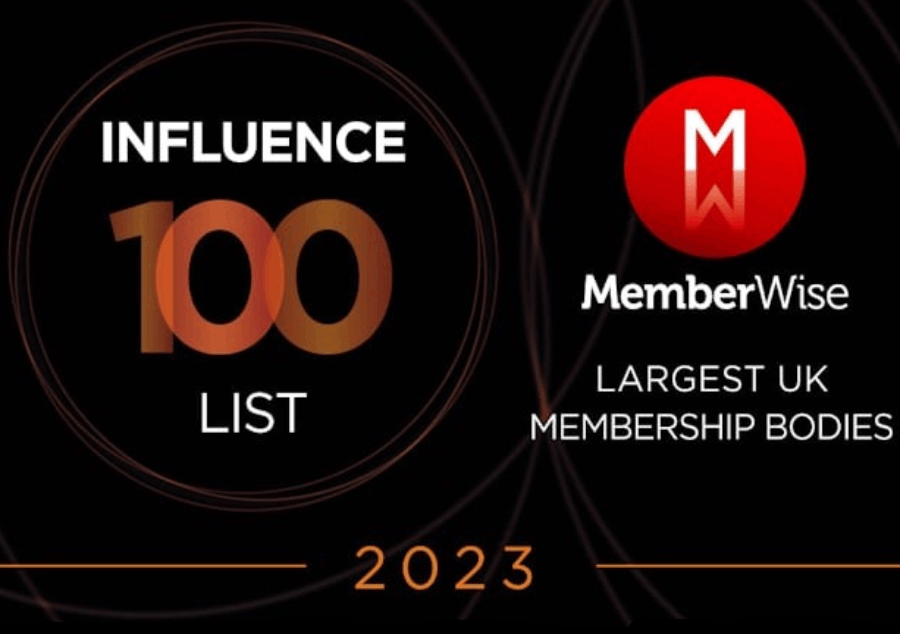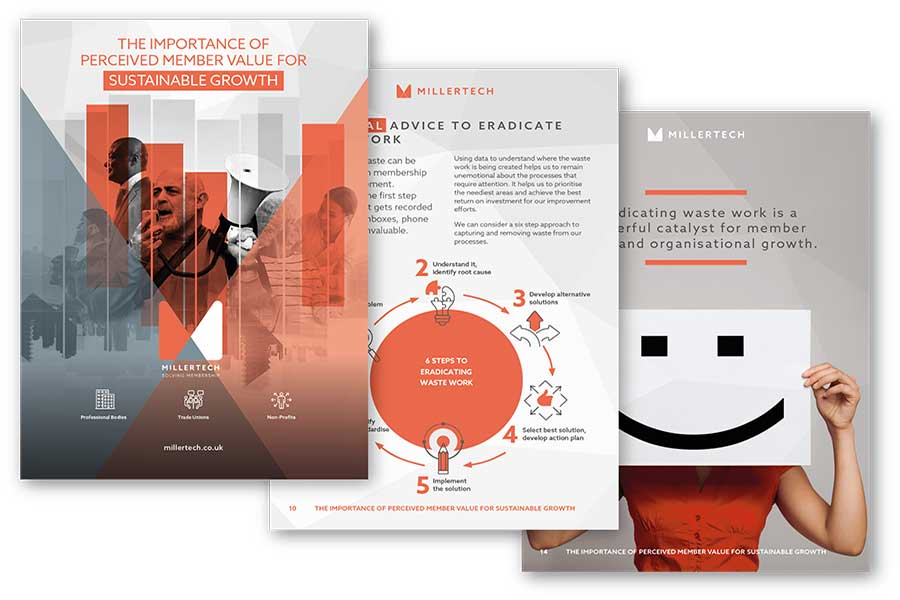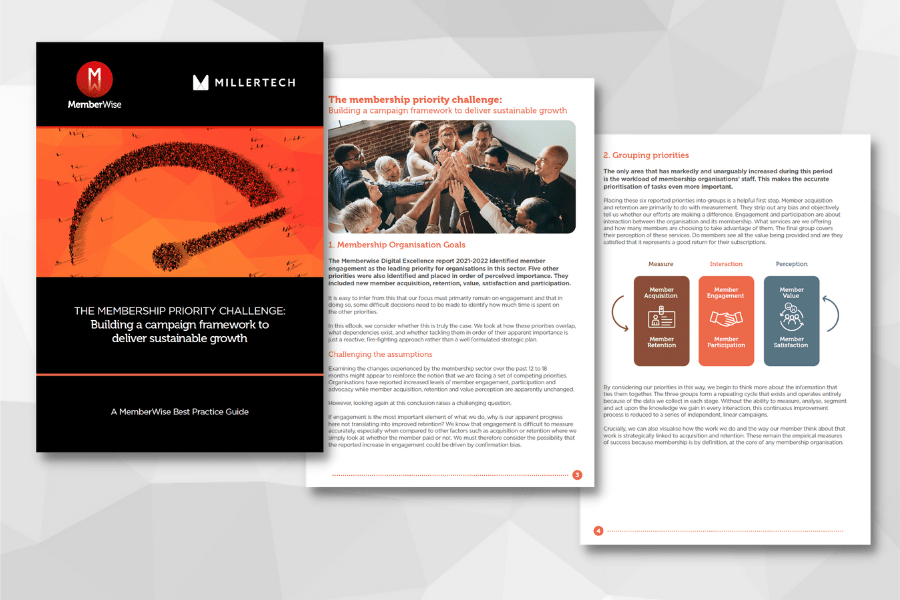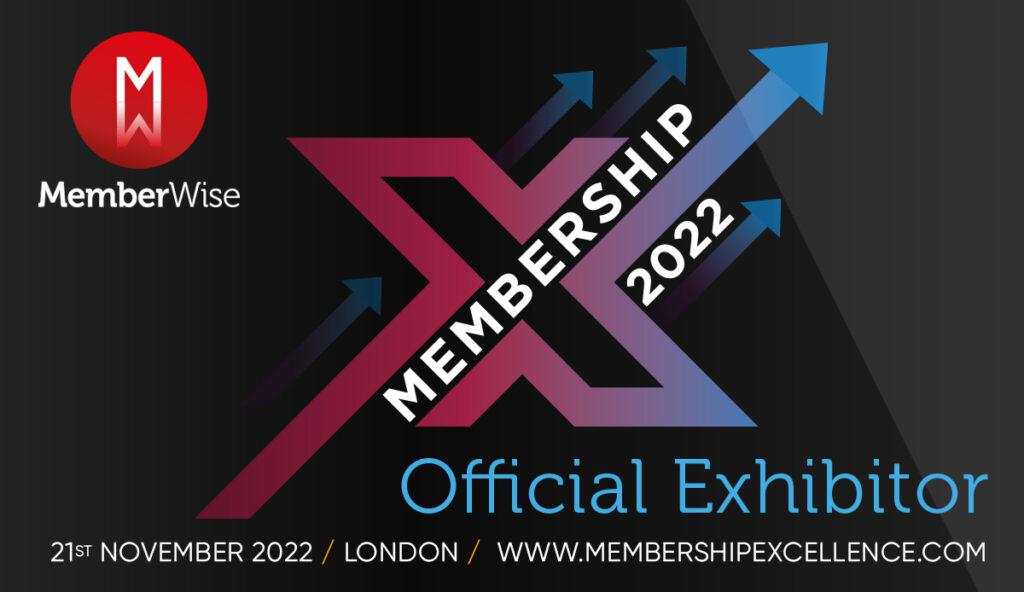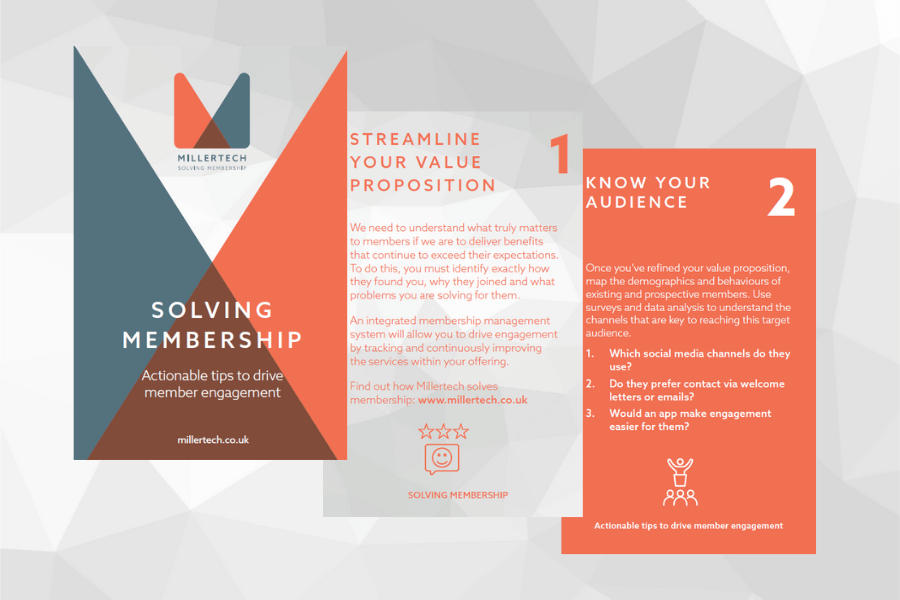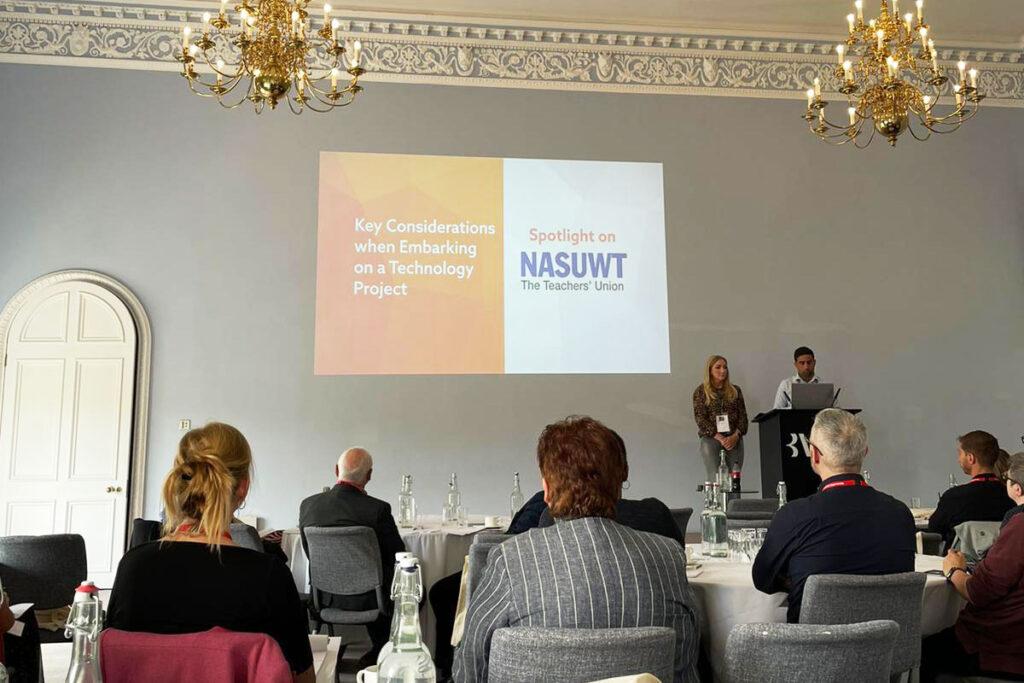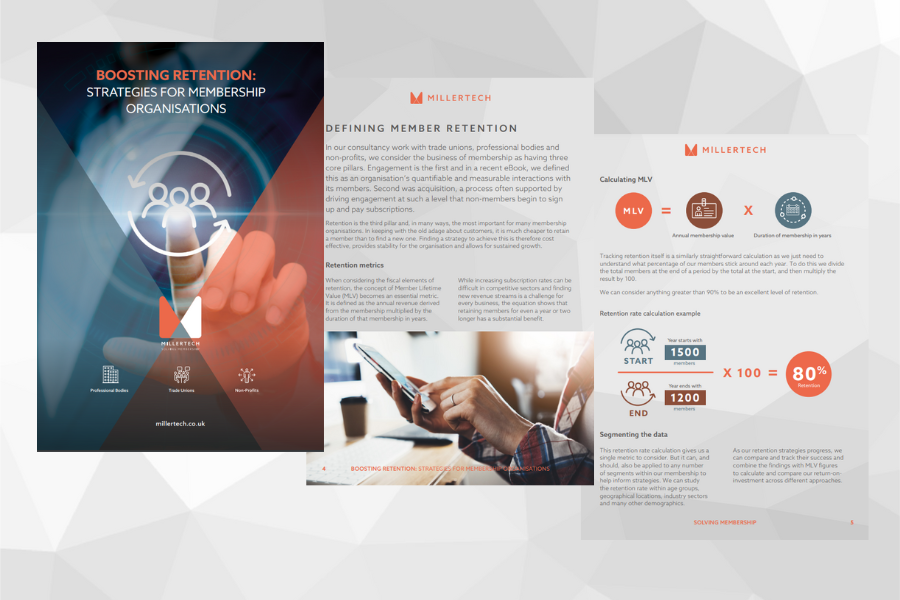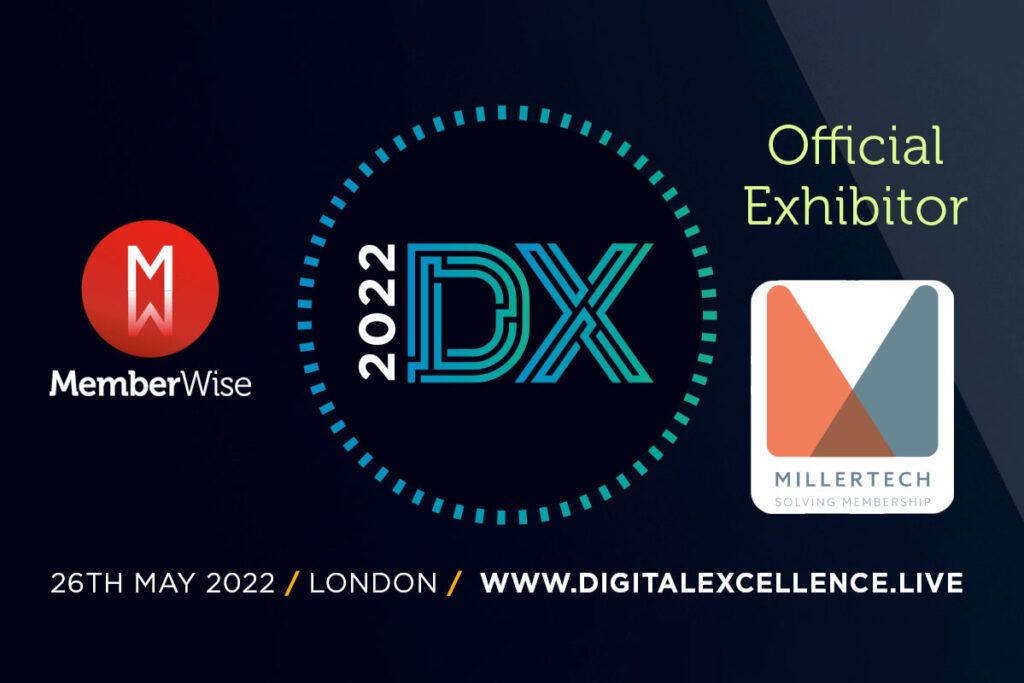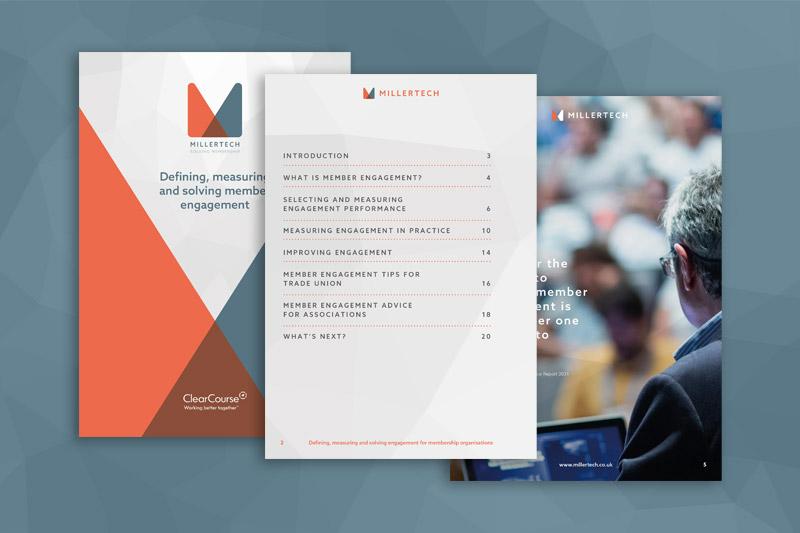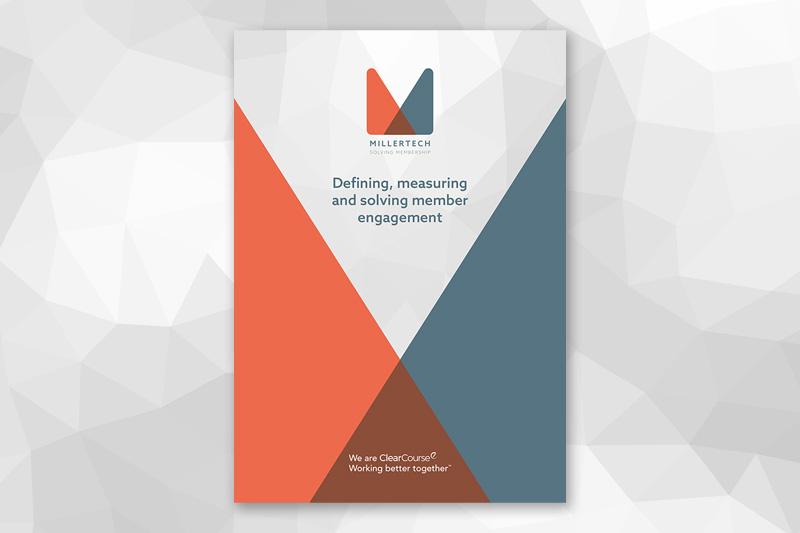Engaged members are more likely to participate and renew, and much more likely to become advocates for an organisation. But in practical terms, where is the best place for trade unions and associations to start in achieving enhanced member engagement?
Before beginning the tactical work, it’s worth taking a step back and evaluating the organisation’s readiness to change. Asking the following three questions will provide an excellent foundation for any future digital transformation.
1. Do you understand what matters to your members?
Survey members and truly understand what matters to them. Discover how they found the organisation, why they joined and what they are looking to achieve from their membership. Look for common areas from respondents where this expectation does not currently match the service being delivered.
2. Is your data in good shape?
Any modern association management system relies on its data to provide insight to business leaders and value to members. Ensuring that this data is current, correct and free of duplicates is essential to any smooth technology implementation. It is also central in developing an engagement strategy that delivers results.
3. Is your website performing?
When we examine how and where our members interact, the organisation’s website is usually a primary channel. Here, the more information a member gives on preferences, location and interests, the more personalised an experience an organisation can provide. But to encourage this, a website needs to be professional, intuitive and designed to inspire trust in users. Auditing a website from this perspective can reveal the key areas in which to centre and remove hurdles to engagement.
4. Focus your action and strategy around value.
With these questions answered, it is important to place member value at the centre of any engagement strategy. Try to solicit expert input from every touchpoint where the organisation and its members interact, and adopt a tactical approach tailored to the sector. While there is considerable overlap in the work of trade unions and membership associations, each sector has its own specific challenges.
Measuring Engagement in Practice
Once the right KPIs have been selected, organisations now need to measure and validate decisions and actions. The faster that these metrics can be acquired and fed back, the more agile the organisational strategy can be.
In general terms, membership organisations are primarily interested in the number of times and the number of ways that members have engaged, together with the likelihood that they will renew their subscriptions. This information can be derived from webinar attendance, member surveys, email open rates, and from website or social media analytics. The real value however comes when this data is combined to qualitatively reveal how they interact.
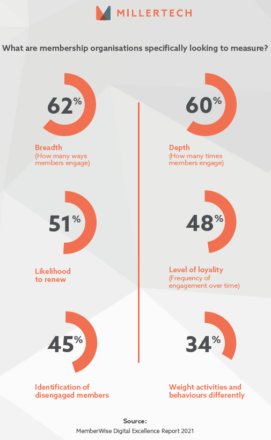
Tracking engagement
Modern association management systems can collect this data and provide intelligent dashboards to make analysis quick and intuitive. Having identified the engagement metrics that are important to an organisation, these dashboards can also help to show the impact that one action had on another. They can quantify for example, how many of the members that attended a particular webinar then went on to purchase and complete a training course on the same topic. Or how many needed to receive a targeted email offer in order to encourage that action.
Disengaged members
It is just as important to look at any failures to engage. From this, organisations may be able to understand which areas or types of members are currently being underserved, and what strategies might be influential in reversing the situation. Understanding why members haven’t renewed is just as important as recruiting new ones.
Continuous improvement
Quantifying and linking KPIs in this manner is an extremely powerful tool. It can help organisations to select, develop and market the right new products or services to increase engagement. It can also provide a historical perspective and create a useful lens with which to model, predict and analyse the results of future strategies.
The faster that KPI metrics can be acquired and fed back, the more agile the organisational strategy can be.
To learn more about this topic, download your copy of our free eBook, Defining, measuring and solving member engagement.





